In Pacific cultures such as Polynesia, Micronesia, and Melanesia, including countries like Fiji, Vanuatu, Samoa, and Tonga, kava is a popular alternative to alcohol, with no hangover effect. With a history of over two thousand years of use, kava has been a staple in the region’s traditional medicine and cultural practices.
The first recorded mention of kava and its traditional use came from Georg Forster, a German scientist who was part of James Cook’s second expedition. Polynesians showed the Europeans how to consume kava by chewing the root or grinding it in a coral mortar, mixed with water.
Today, kava is produced commercially and locally on various islands in Oceania, using different varieties of kava with varying levels of quality. Visitors to traditional local bars called nakamals can enjoy a wide range of kava drinks made through artisanal and industrial production.
Active ingredient: kavalactones
Kava kava requires a tropical climate with abundant sunshine and rainfall to grow. The plant’s roots contain kavalactones, which are responsible for the anxiolytic and euphoric effects, as well as the numbing sensation on the mucous membranes.
On average, dried kava kava roots contain up to 15% kavalactones and 10-12% water, while fresh roots consist of 80% water. The concentration of kavalactones can vary depending on the variety of kava kava and the region where it is grown. Regulations govern the cultivation of noble and ignoble varieties of kava-kava in different regions of the Pacific Ocean.
Kava tea is known for its empathogenic, relaxing, and muscle-stiffness relieving properties. It is also believed to improve the quality of sleep, act as an antidepressant, and function as an adaptogen.
Action on the body:
- a drink from the kava-kava root simultaneously has a sedative, anesthetic and tonic effect;
- acts as an empathogen, facilitating communication and social interaction;
- used as a relaxant, remedy for insomnia and anxiety;
- the overall effect of kava kava is similar to intoxication, but when used properly, kava kava does not cause hangovers and cognitive impairment. The main result of drinking kava kava, which comes after the tonic effect, is muscle relaxation, calming and general relaxation without loss of mental clarity. The drink gives a feeling of peace and eliminates moral discomfort;
- recommended, including for the normalization of sleep and as an adaptogen (drug against stress) or an antidepressant.
Classic step-by-step drink recipe (for 1-2 people):
- 10 g of kava root mixed with 300 ml of water at room temperature;
- important! add 1 tsp. olive oil and / or 100 ml of coconut milk (kavalactones are extracted due to fat);
- mix the mixture and leave for at least an hour, if possible for 4-8 hours;
- if we cook in the summer – put in the refrigerator;
- after infusion (if possible), beat the mixture with a blender / mixer or mix vigorously;
- we filter the drink through 4 layers of gauze or through a cotton cloth;
- we leave the root in the fabric that needs to be wrapped and squeezed well;
- we put the fabric in the drink, allowing it to absorb the liquid and squeeze it again;
- we repeat the operation for 5-10 minutes, after which we discard the squeezed root;
it is recommended to filter the finished drink again (the root itself should not fall into the drink – as it irritates the stomach).
Important! The finished drink should be consumed in small portions, typing in the mouth and holding for a few minutes. Kavalactones are absorbed through the mucous membranes, causing a pleasant numbness. To improve the taste of kava, honey can be added to the drink.
The action of the drink can take from 3 to 8 hours or more. Kava kava goes well with kratom (for example, Malaysia gold or Borneo red) and has pronounced anti-depressant and anti-stress effects. An overdose of the drink causes drowsiness.
Item Description: Ground Kava Kava Roots
General information
Kava kava is a plant that is native to the Pacific region, and it is a tropical shrub that can grow up to 2 meters tall before spreading out. The plant’s roots can reach a depth of 60 cm, and it is mostly propagated through cuttings rather than seeds.
It is believed that the plant originated in New Guinea or on the islands of Vanuatu and was spread across the Pacific by sailors. In New Zealand, where Polynesians once arrived by sea, a variety of kava kava belonging to the species Piper excelsum is grown. This variety doesn’t have the same heady effect as traditional kava kava and is likely named in honor of the ancestors who brought the plant by sea but were unable to save the Polynesian kava kava seedlings due to the climate.
Contraindications
It is advised to avoid consuming kava kava if you plan to drive or perform tasks that require increased attention within the next 6-8 hours.
According to the World Health Organization, an aqueous suspension of kava kava roots is considered to have an acceptably low health risk, given the long tradition of its consumption in Polynesia.
Several studies have raised concerns about the potential liver toxicity of kava kava extract (hepatotoxicity), which led to limited sales of kava kava and root-based preparations in some European countries. However, later it was discovered that hepatotoxicity may be associated with the use of alcohol-containing tinctures and extracts. Combining kava kava with drugs and alcohol can also cause harm. As a result, the restrictions on the sale of kava kava were lifted, including in Germany.
It is not recommended for children, pregnant or nursing women, people with liver disease, or those who are intolerant to such medications to consume kava kava. Additionally, kava kava should not be combined with alcohol or pharmaceutical or herbal preparations. The use of alcohol and acetone extracts of kavalactones is not recommended.
It is also advisable to avoid prolonged continuous use of the drink (more than a month) and excessive dosage (more than 4 cups per day). A recommended break of at least 4 weeks after consuming the drink is suggested.


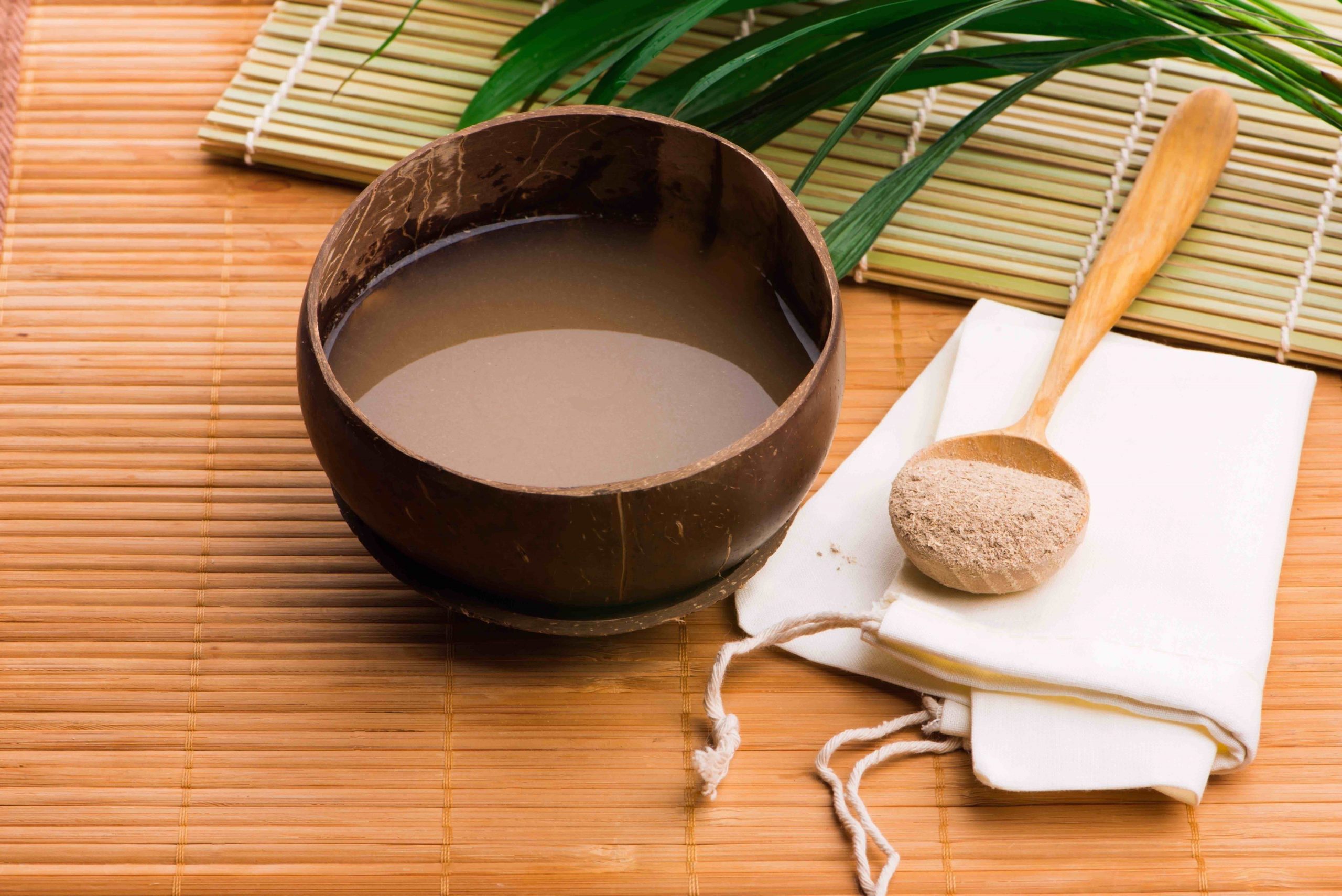
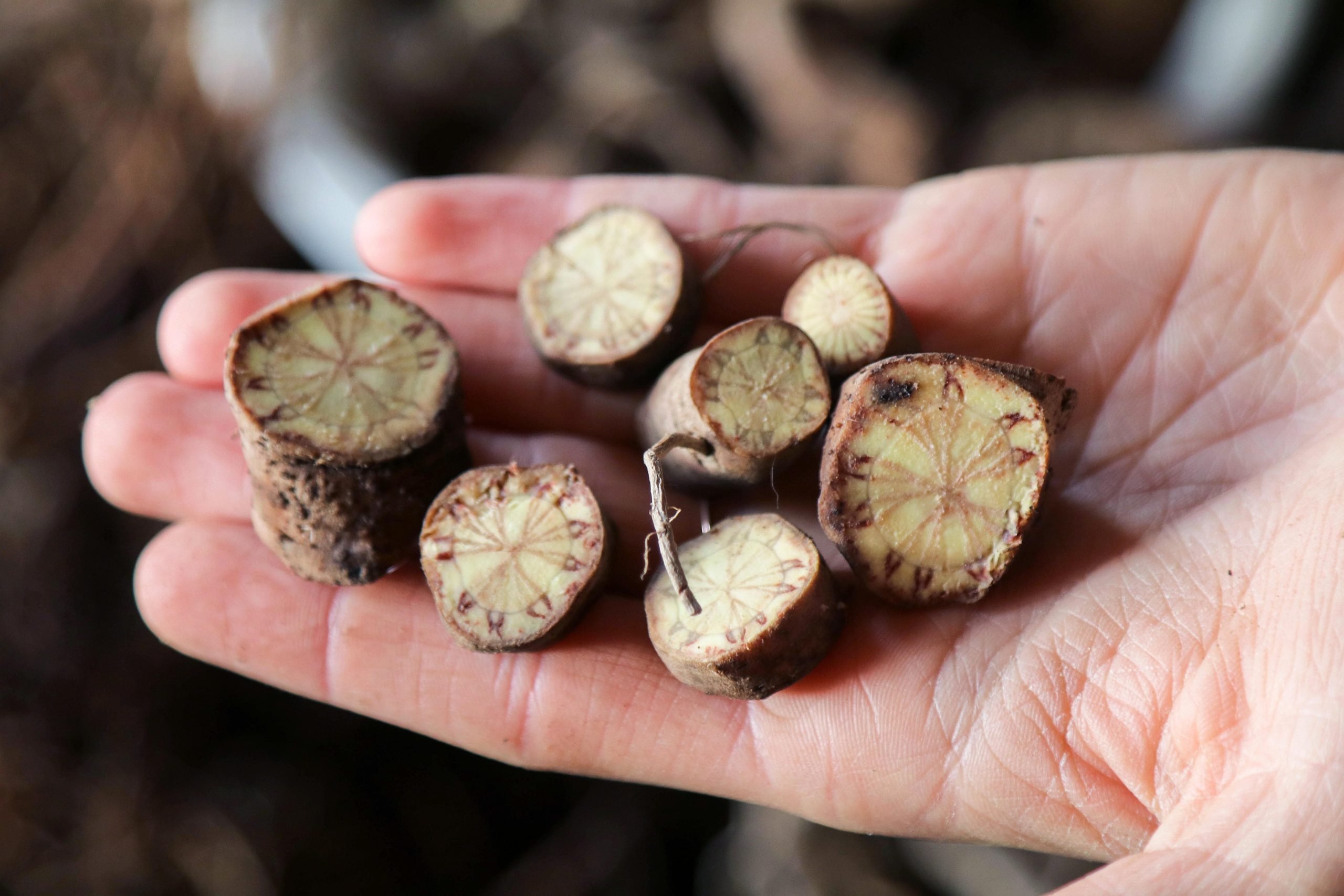
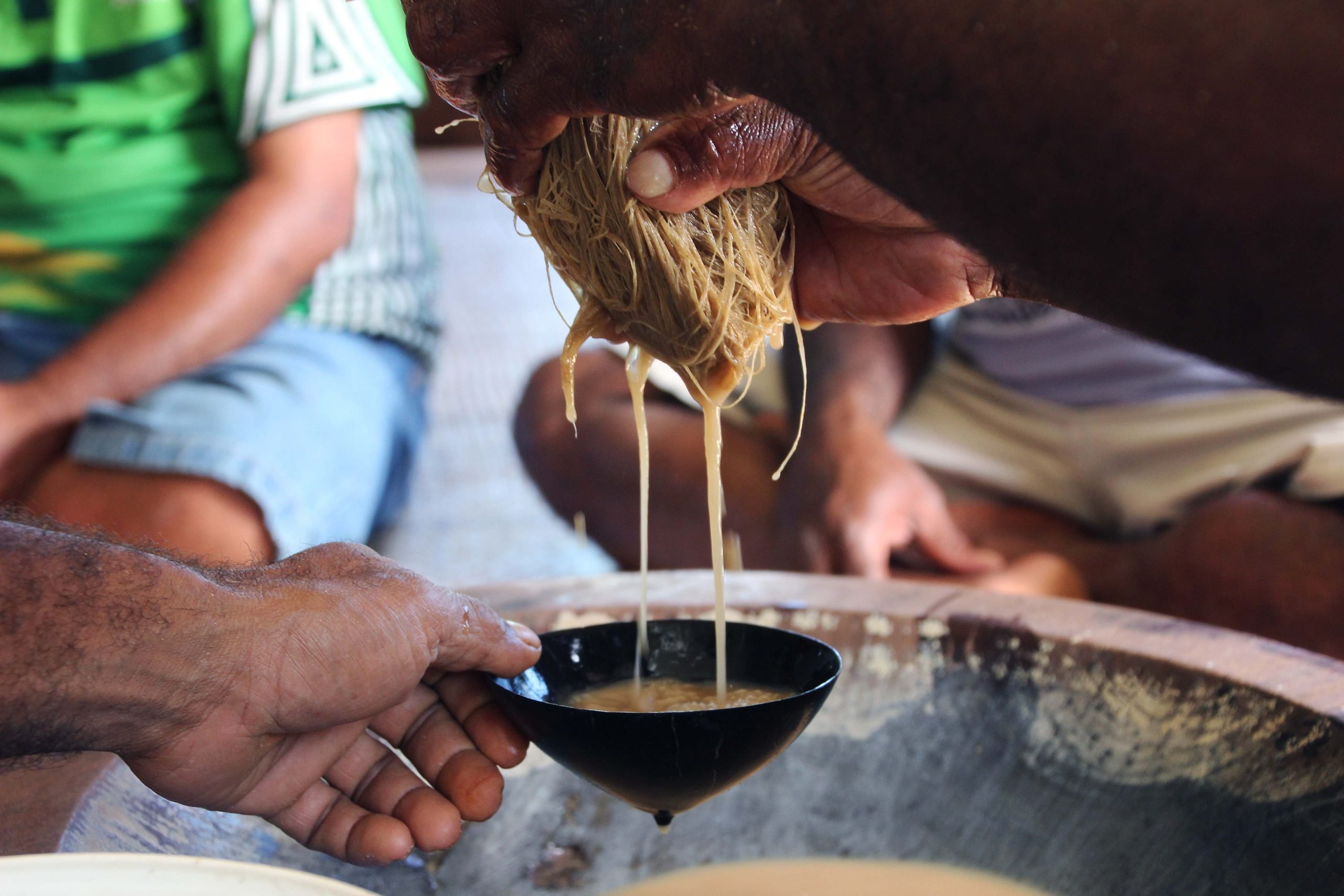
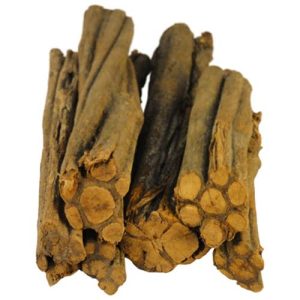
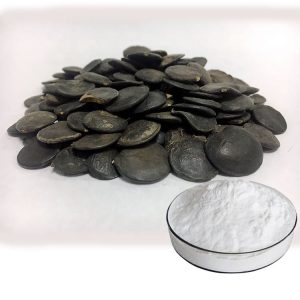

Отзывы
Отзывов пока нет.